
This video shows two internal broaching processes with static and live toolholders. Making the keyways with broaching toolholders on a CNC lathe reduces time since the part is made in a single operation, compared to the usual process of outsourcing broaching. This translates into a significant reduction in cycle times.
It is quite common to find features like internal and external keyways in our drawings. Sometimes these are machined in a separate operation in a standalone broaching machine or they are simply subcontracted. Anyhow, in some cases, there is tooling that allows you to perform these operations in a CNC lathe.
Broaching operations can be performed in different ways depending on the type of tool and holder used:
The easiest way to broach on a lathe is to use a fixed toolholder as no live tooling or Y axis is required.
For this type of process, the broaching tool is mounted on a standard internal tool holder and a bushing. Several shallow passes have to be done until the required dimension is achieved.
Tips are included in the downloadable that we have prepared to ease the programming of internal figures with the special macro of CMZ M385.
For the part shown, the cutting conditions are as follows:
An alternative to make internal keyways faster is the use of live slotting toolholders. The operation we show is an example of internal broaching programming with a live tool. It has been filmed directly by MT Marchetti, a leading European tool holder manufacturer, and owner of the TTL-52-52-T1Y-T2Y manufactured and delivered by CMZ in 2019. This multi-turret lathe is usually employed by MT Marchetti to test and demonstrate the quality of its products.
This type of toolholder converts the rotational movement of the live tool into one of translation. For this reason, it is only necessary to program the movement in the X axis. The downloadable includes a specific programming example for internal broaching with a live tool.
Do you need help to carry out internal broaching on your CNC lathe? Our applications department can analyse in detail the process offering you a part study helping you to significantly reduce cycle times.
Discover all the programming tips with this free downloadable
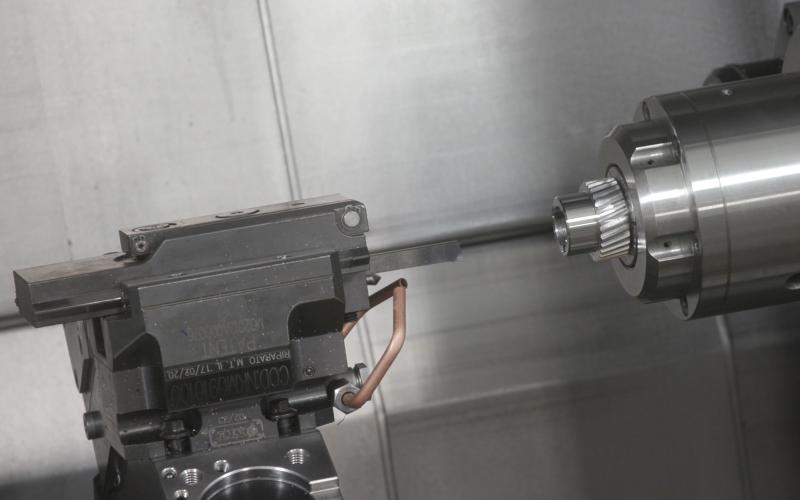
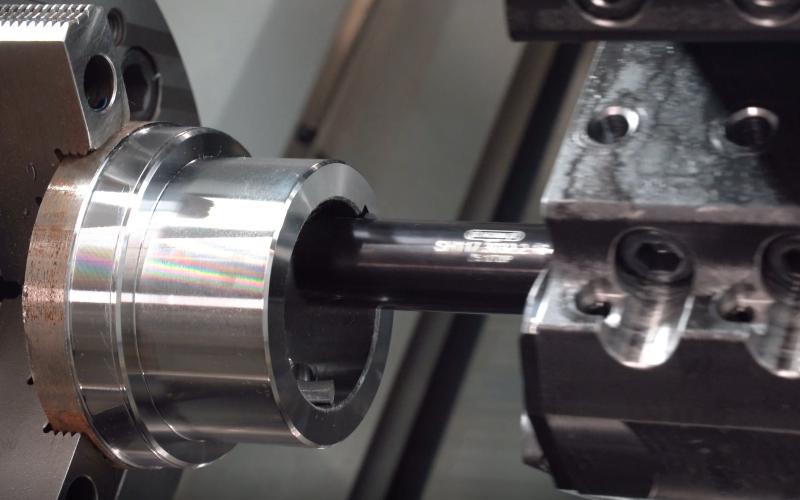
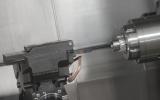
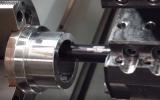
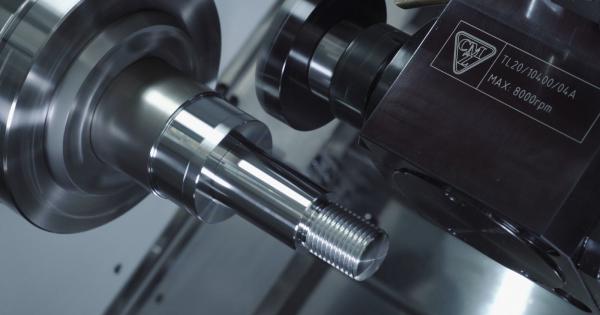
Polygon turning is a process through which flat planes are obtained on the piece through synchronized rotation of the spindle and the live tool. Polygon turning can be performed on our CMZ CNC lathes. It is an alternative process to milling each surface individually. It is more similar to lathing…
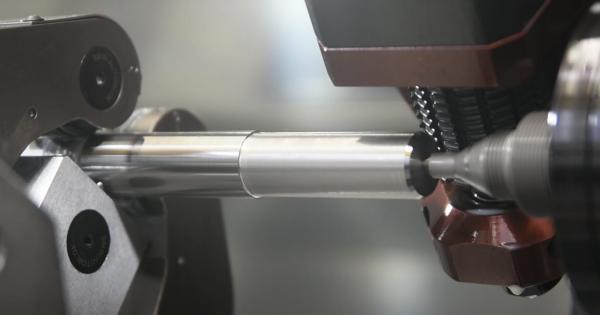
The geometry of the gear in the gear hobbing process is obtained by the synchronised movement between the spindle and the live tool. The limit to manufacture gears in a CMZ CNC lathe is around the hob tool being able to produce the required profile but for occasional machining. Bigger gears require…
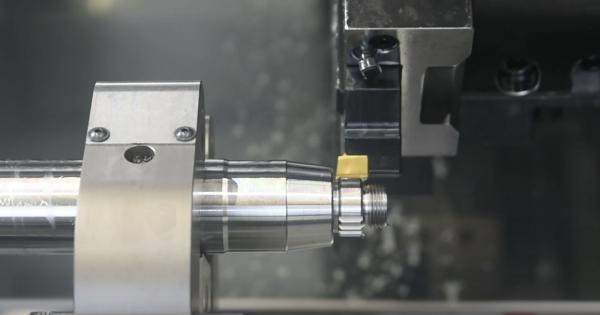
It is quite usual that we find features like internal and external keyways, hexagons or torx in our drawings. Sometimes these are done in a separate operation in a standalone broaching machine or they are simply subcontracted. Anyhow, in some cases, there is tooling that allows you to perform these…
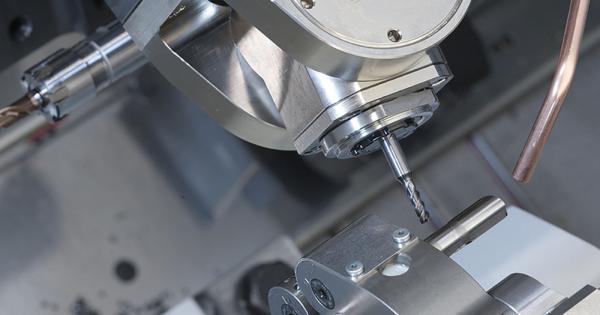
We can often find features in our drawings where an angular machining operation is required. With standard toolholders these features are not achievable because only operations in X and Z directions are possible with standard live toolholders. However, there are some adjustable angle heads in the…
Our applications department can analyse in detail the process to be carried out and offer you a part study helping you to reduce cycle times.